
USB Club
Building a Memory Network
Published Winter 2025
New York City, U.S.
Yatú Espinosa
Norm O'Hagan
Fill in the Blank Inc.
Est. 2021
The average computer user creates tens of thousands of files every year. That’s a lot.
How do you decide what matters, what’s worth holding on to and passing down?






We decide with a daily discernment. Each day, USB Club members crate dig through their laptop to find a file worth preserving.
The file gets copied to their USB, shared with the network, and their friends can preserve it to their USB as well. An authentic digital selfhood, always close to home.
That’s USB Club today, but how did it begin?
USB Club started with a couple of friends around a DJ deck, learning the craft of mixing. One of a DJ’s most prized possessions is their USB. Curated with tracks and hooked on their keychain, always ready to ignite a room.
A movement grew out of these DJ sessions, more and more friends had USBs on their keychains. Naturally, we wanted to make it more inclusive for our friends that didn’t DJ, so we threw a potluck party, but for files. “Bring your USB”, we said, and load it with any thing you want to share.
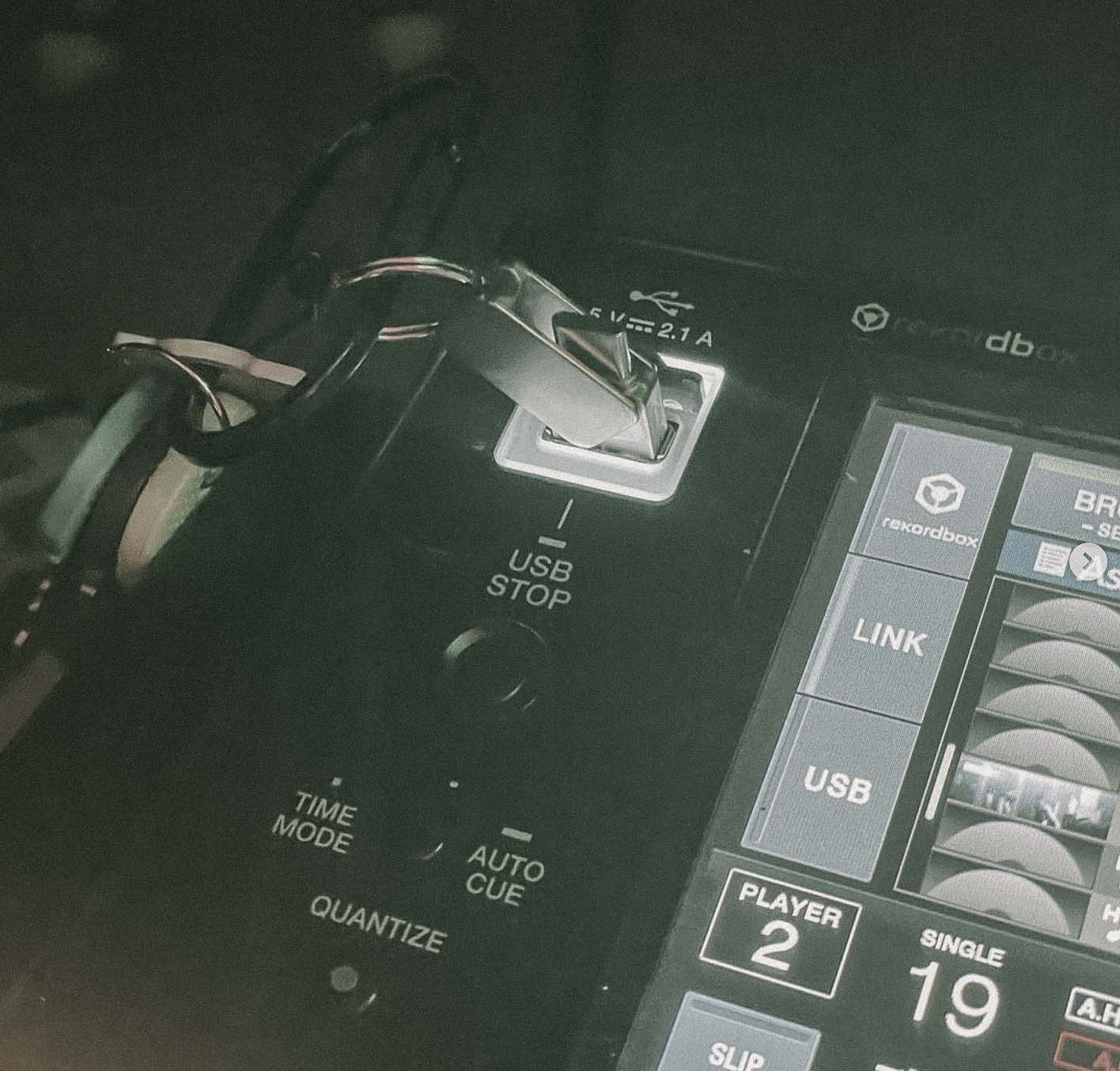

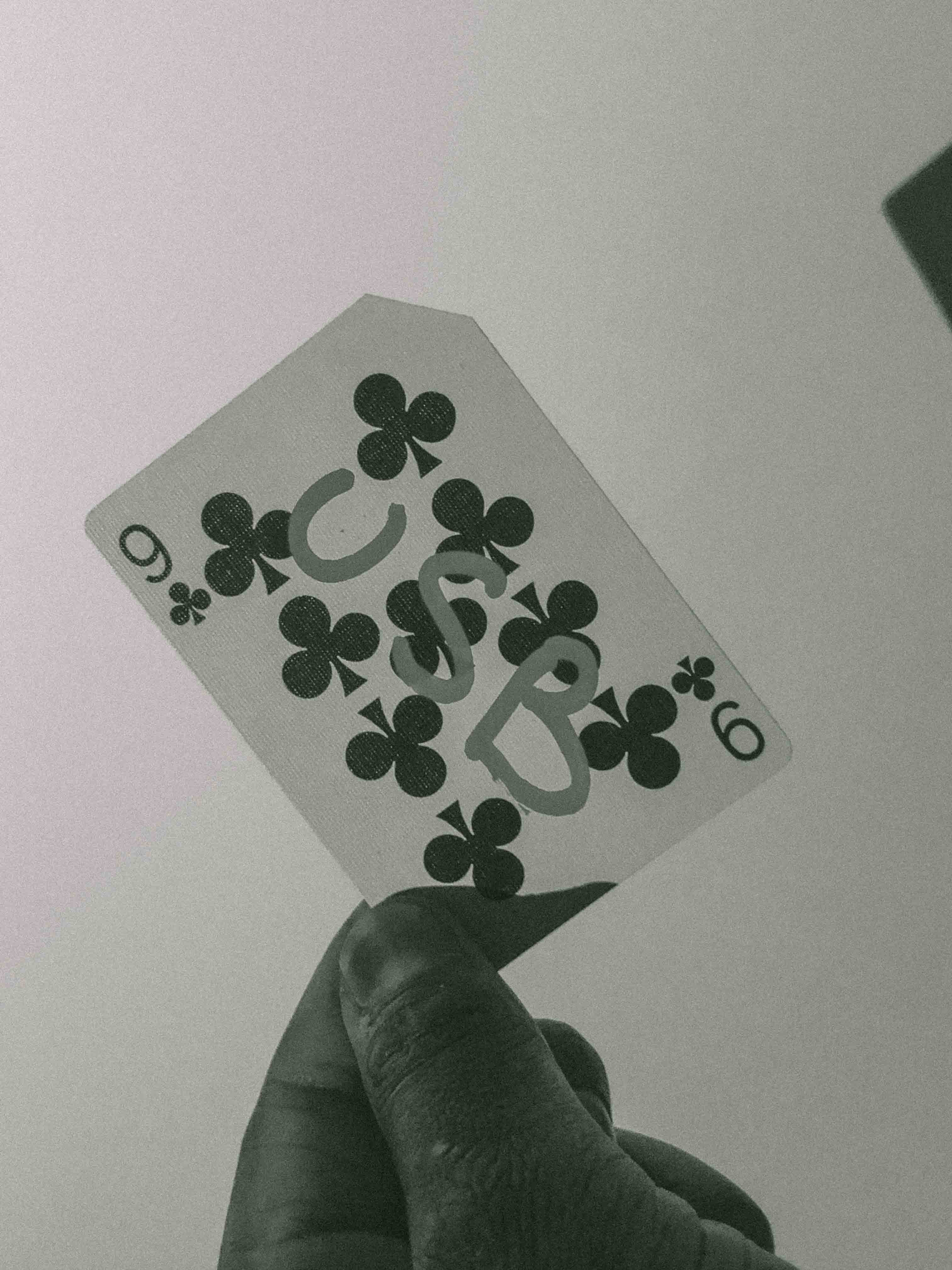

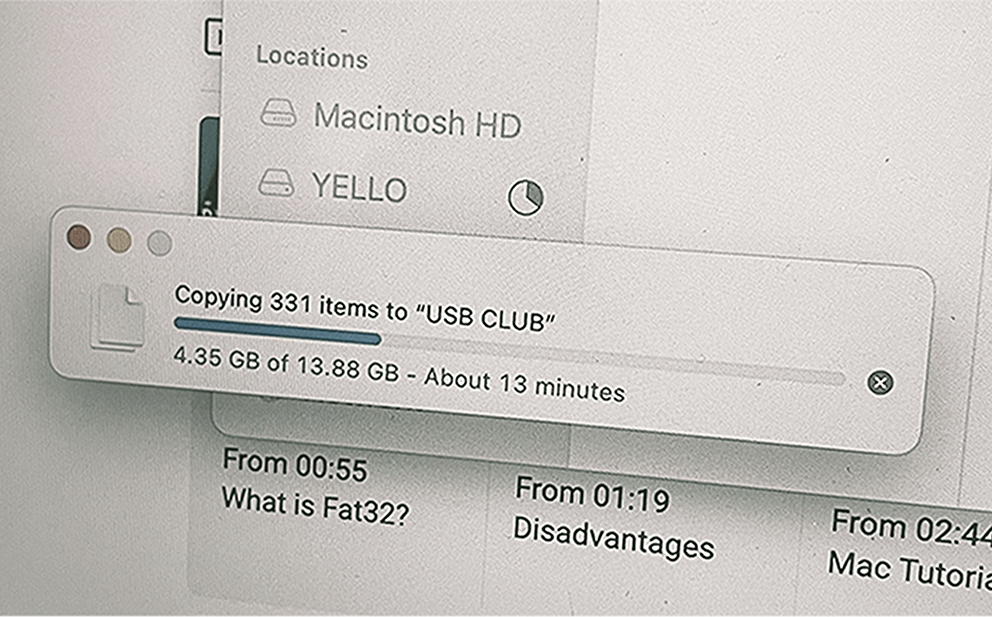

sign your usb club card.
The night of the potluck about 50 people gathered in a Brooklyn studio. One by one throughout the night people plugged into our laptop and copied their files to a folder. We had a projector up to view some of them, and were amazed that we were seeing sides of our friends we hadn’t seen before. Work-in-progress, screenplays, scanned in paintings, unreleased renders - The USB had provided an intimate medium to share a more authentic, vulnerable and unique expressions.
By the end of the night, we felt two things:
a responsibility to redistribute the files to those that shared in this time and place.
an infrastructure gap to deliver files back to your USB, the medium of origin.
Feel Again
Enter Raprave, a local DJ Collective. They had a similar need to fill - distribute their new mixtape to their in-person audience, most of which were musicians and DJs that already had USBs. With this unique market fit identified, we had one week to build the initial ATM.
device for community events.
Plug-in, get files. This simple idea took us around the globe to help event hosts at Paris Fashion Week, in Tokyo stores, and a festival in California to name a few. The event hosts bought USBs in bulk from us, curated a site-specific set of files for the ATM, and their attendees walked away with digital and physical souvenirs on their keychain. Our global tour with the ATM created a unique distribution channel that didn't exist before.
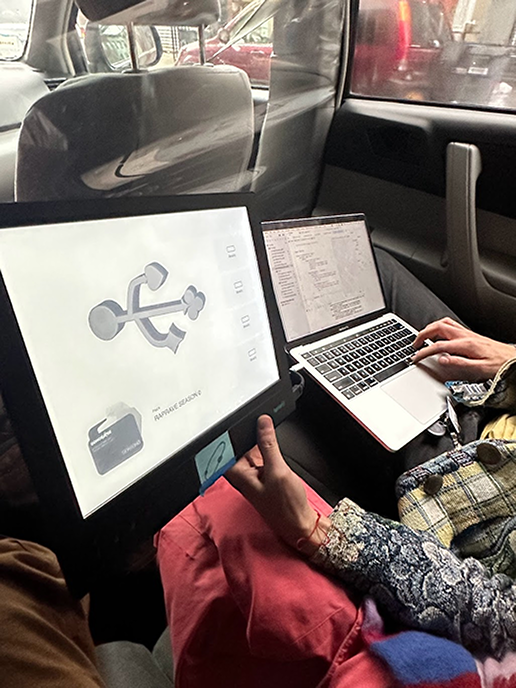

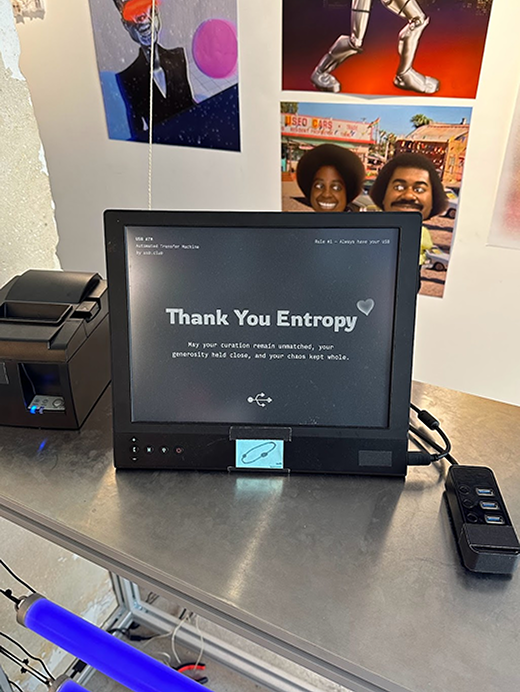

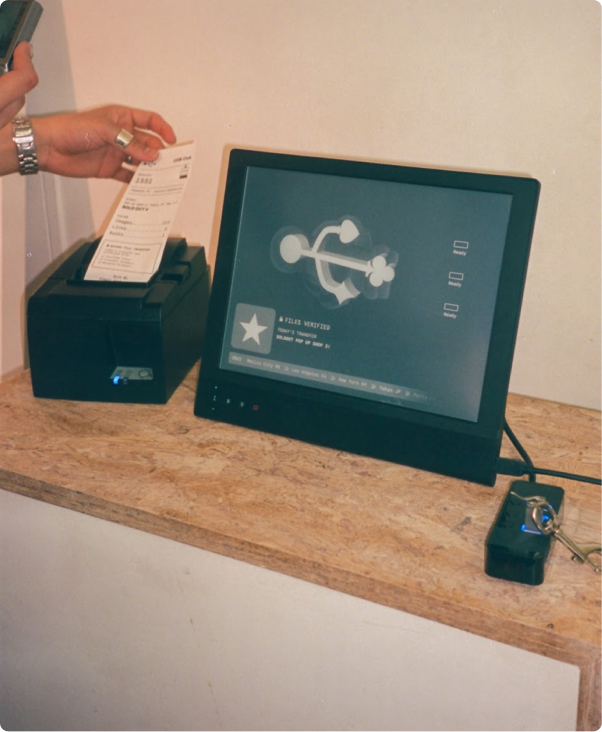

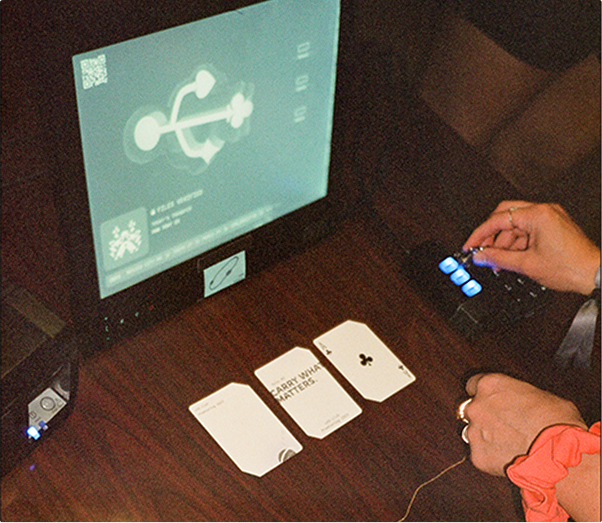

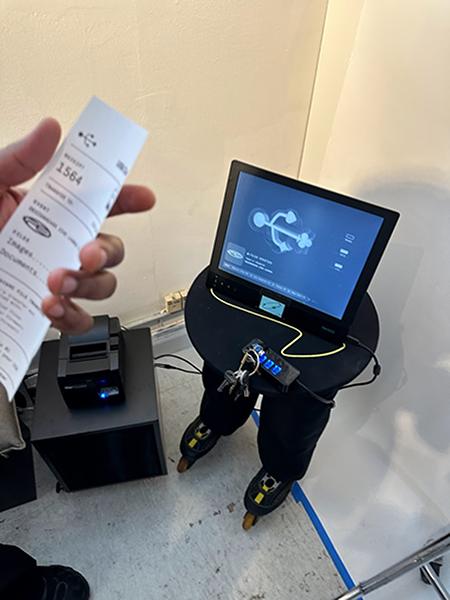

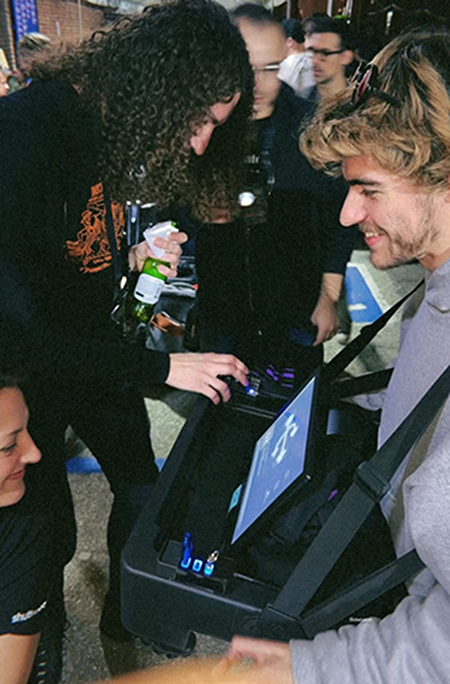

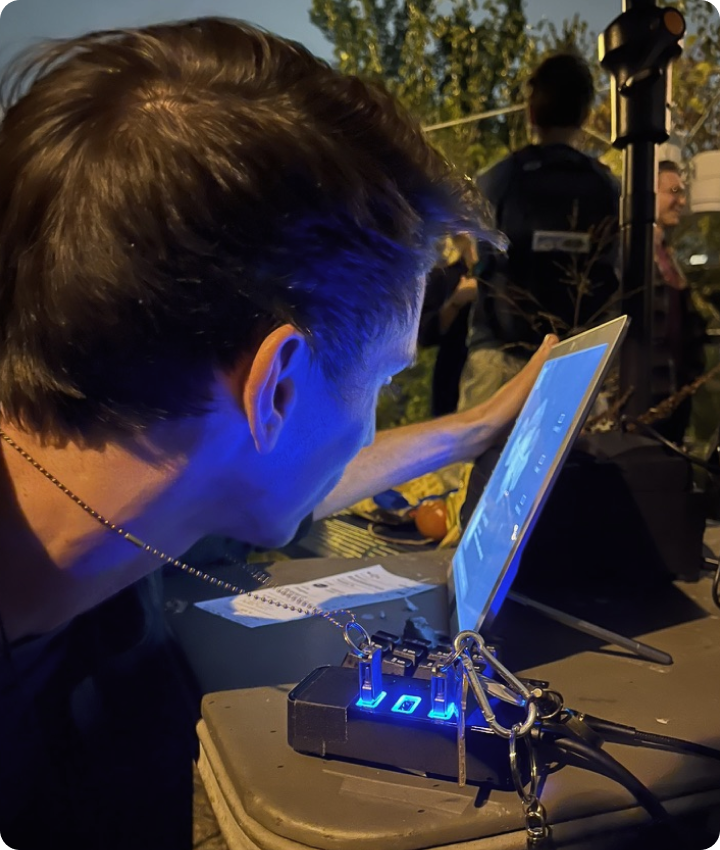

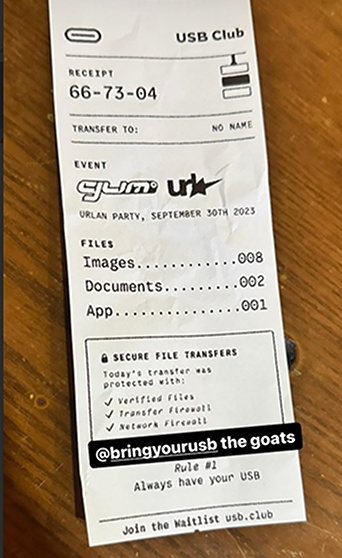

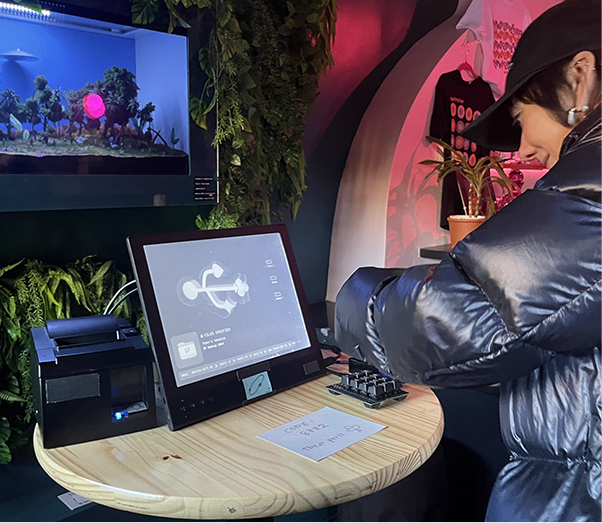

Idyllwild, CA
FWB Fest
Distributed Artist files on Day 1, Attendee expansion pack on Day 2.
Idyllwild, CA
FWB Fest with artists and attendees.
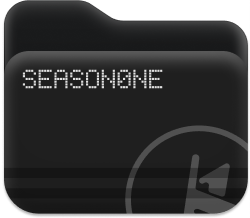
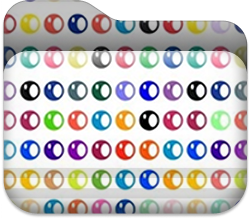

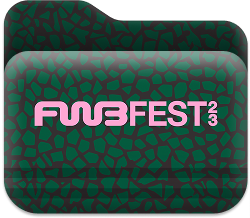


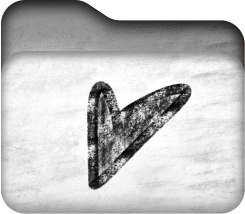

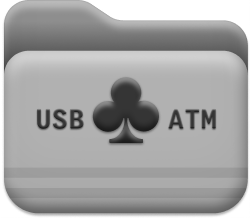
We discovered that what we were building was known as a Sneakernet, physically moving information instead of wirelessly sending it. As Aaron Z. Lewis wrote, “USB Club is proof of shared presence. More meaningful than a few taps of your thumb.”
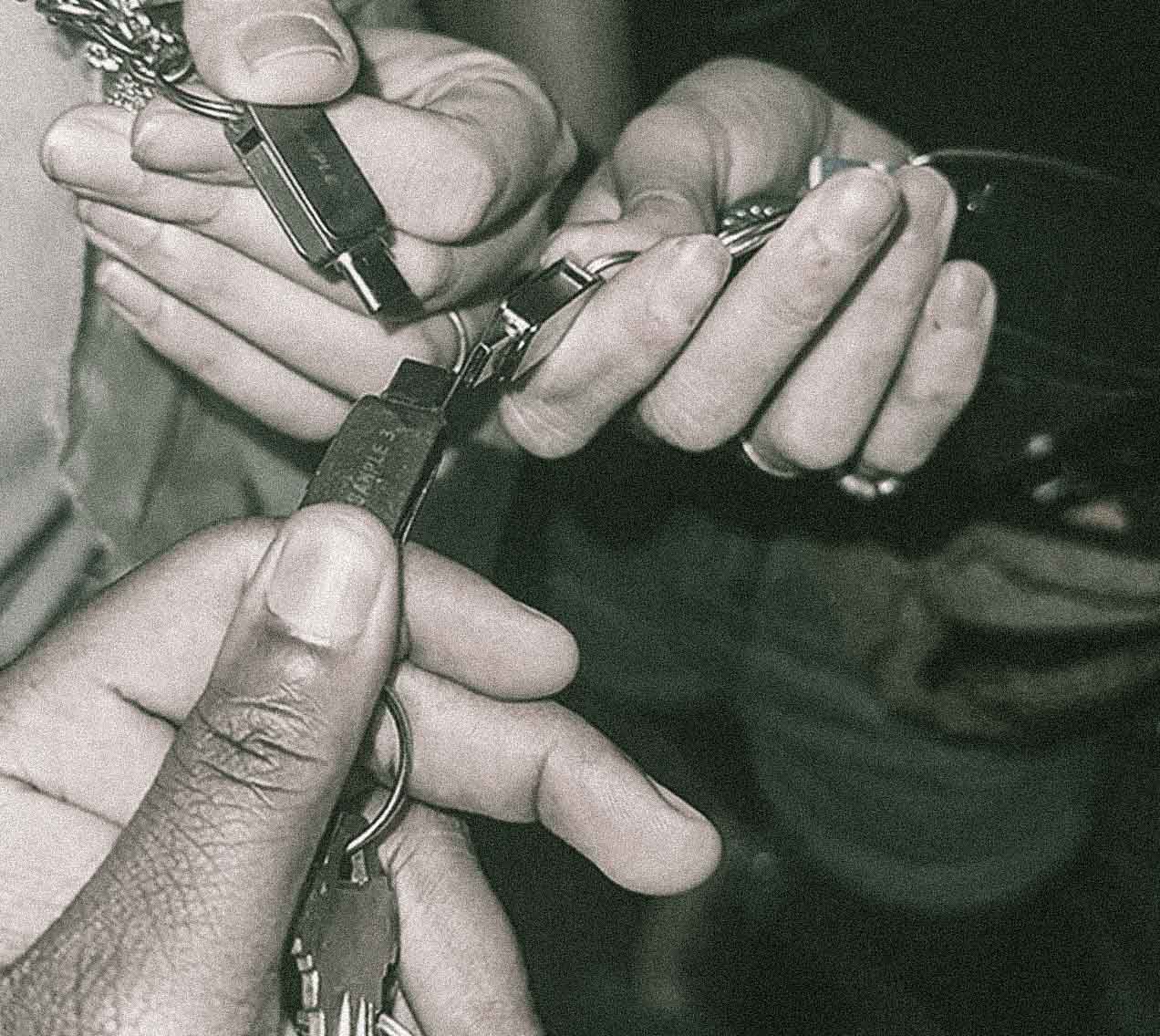

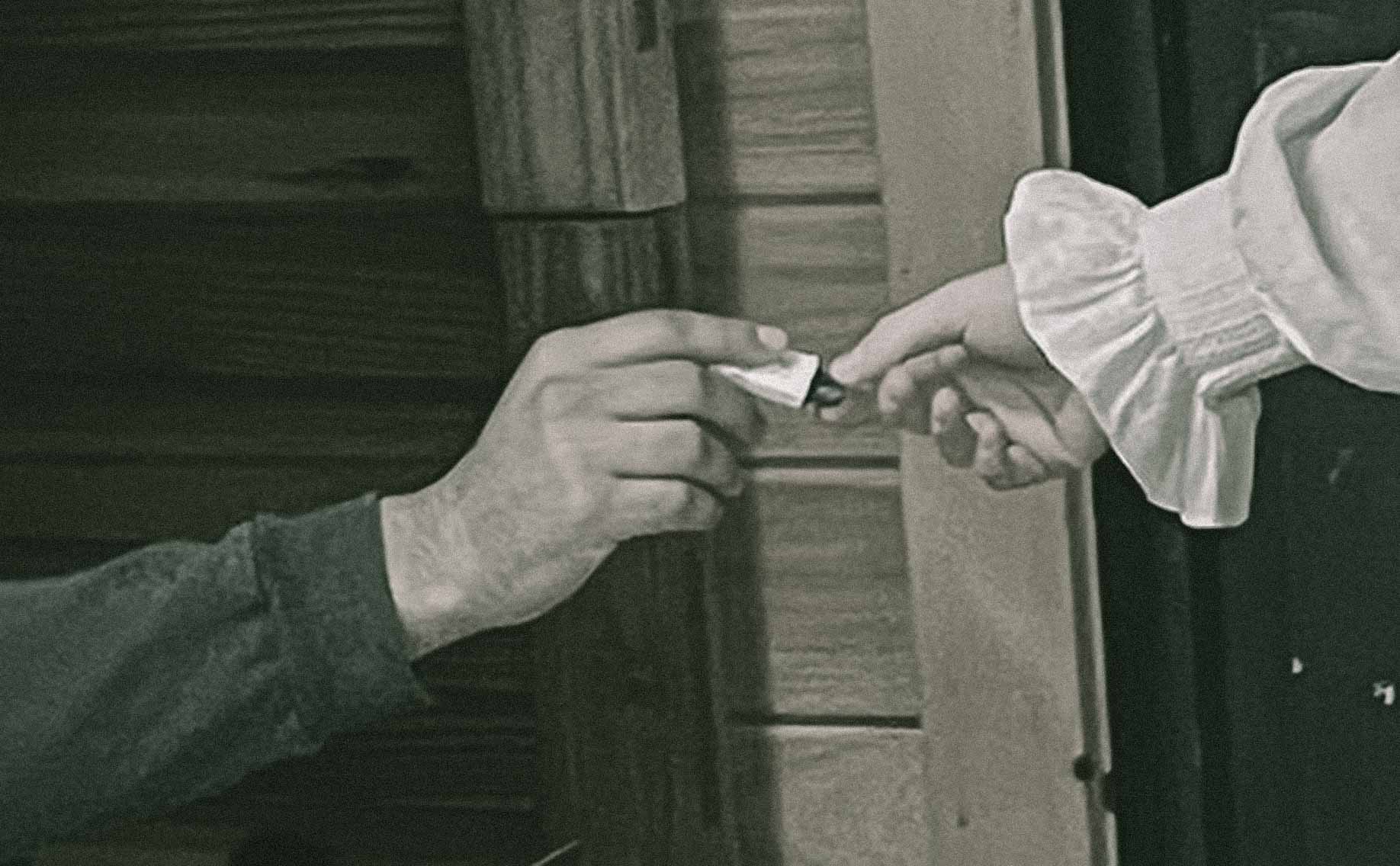

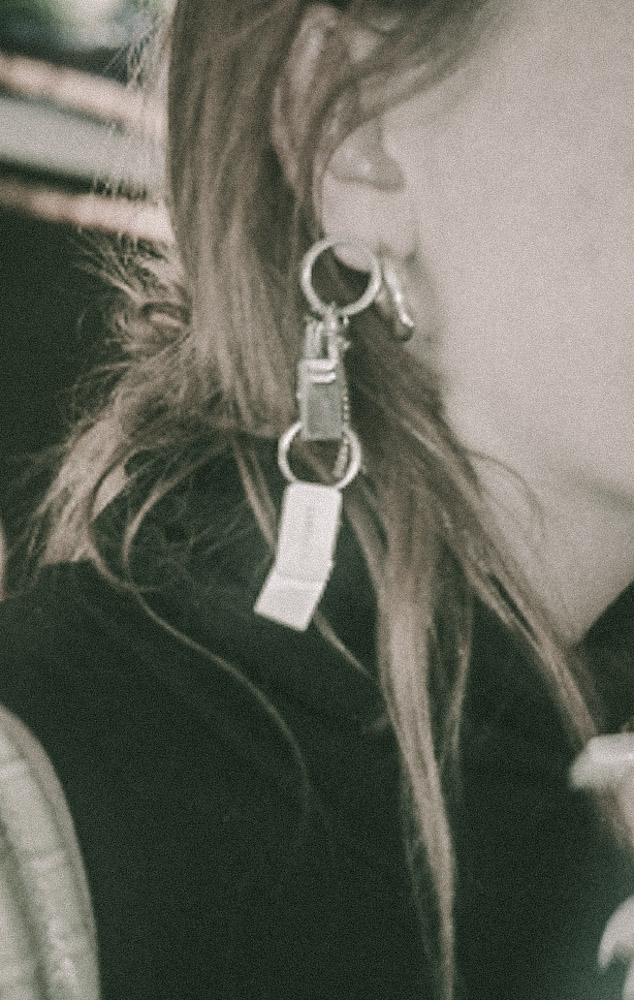

With USBs spanning the globe and over 30,000 files transferred, we had the opportunity to create a network built around these personal memory devices.
The physical act of plugging in your USB grounds the USB Club experience. It’s tactile, intentional, and real. While the medium was well-suited for in-person exchanges, your sneakers can only take you so far.
With the release of the USB Club network, the USBs we distributed became magical. Now you could plug-in to unlock a world of creative, deliberate connections.




cherished files on the network.


cherished files on the network.
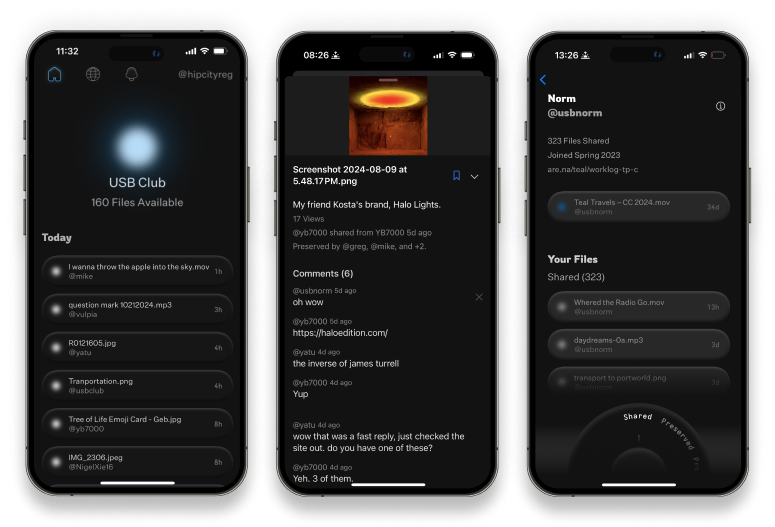

Like the initial potluck, the network fosters shared moments of reflection. Share one file a day to see and preserve the files your friends shared that day.
As you wander through old files to share, nostalgia kicks in. You rediscover fragments of past projects, unfinished ideas, and forgotten memories. By the time you’ve chosen a file, you’ve already taken a trip down memory lane.
What you share is a reflection of yourself. Over time a new identity layer emerges, shaped not by bios or status updates, but by the files themselves. This rhythm of discovery creates a level of quality and authenticity we haven’t found anywhere else online.
Most people don’t think about what happens to their files until it’s too late, but digital history is fragile. Files disappear, services shut down, formats become obsolete. When we pass files along, whether intentionally or not, we create small, unspoken archives.
As the network expanded, the demand for faster, more reliable storage grew. Classic USBs serve many well, but power users need higher speeds and capacity. We saw an opportunity to redefine what a USB could be – not just a storage device, but a statement of intent.
Transport is a transparent, dual-sided, one-terabyte solid-state drive designed for elegant performance. A future-proof solution for creators, archivists, and anyone serious about preserving their digital world.
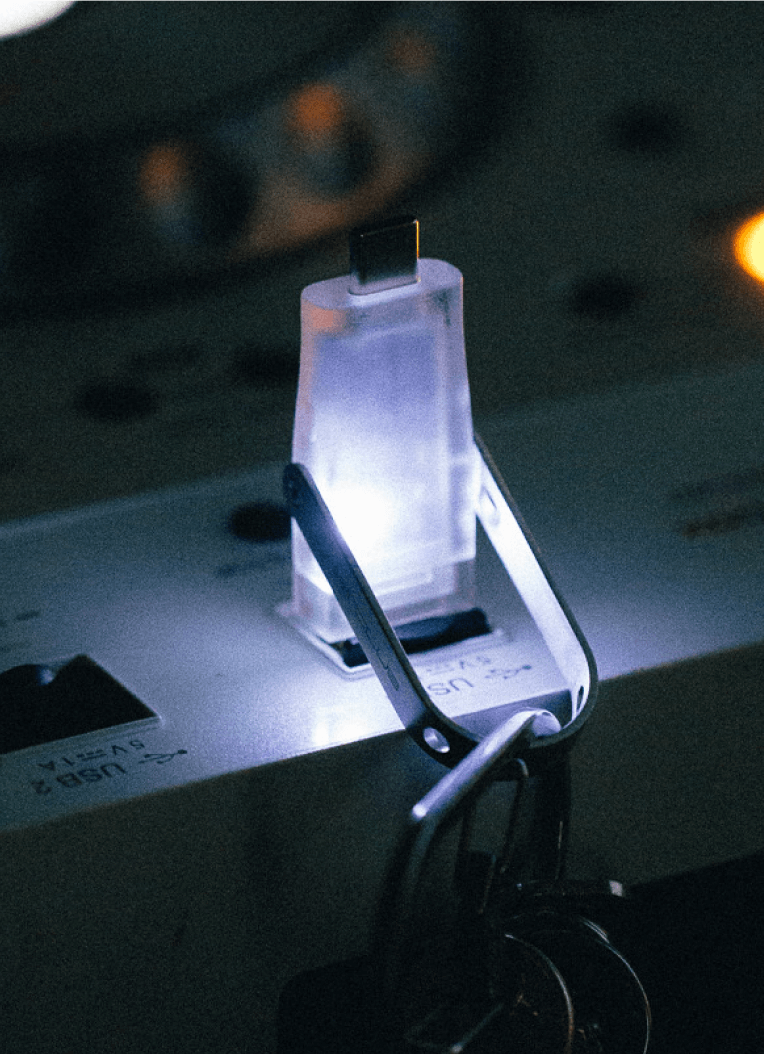

and USB Club key. Learn more
With this new USB infrastructure in place, we're continually amazed by how it proliferates, connecting people and preserving memories in unexpected ways. In an increasingly transient digital landscape, the way you share files shapes how you remember. See you on the net.






Fiction is only as good as its impact on reality. To shed light on our past concepts and explorations, we’ve collected select works from the USB Club archives. For educational purposes only.
Port
An evolution of a USB as a portable device for in-person file transfers without a laptop.
Console
Exploring entry to the network, social mechanics, and browsing interfaces – originally called Theater.
Yubikeys & NFTs
We were all in, convinced they'd redefine security and ownership. But we were ahead of our time. Setting up a crypto wallet was much harder than getting a USB.
Postal
Providing a memorable VIP delivery experience for early USB Club members.
Relic
The codename for the next-generation USB that eventually became Transport.
Private Key USBs
What if I lose my USB? What if someone takes it? These are the first concerns people raise. Right now, USB Club uses local authentication—only you can share files, secured through Touch ID biometrics.
But security should be built into the hardware itself. Existing biometric USBs don't offer dual-sided functionality or good aesthetics. The future lies in merging the security of Yubikeys with robust storage. This barely exists today, but it would provide unparalleled peace of mind.
New Age Time Capsule
Apple discontinued the Time Capsule in 2013, replacing it with iCloud storage. Memories became a subscription—precious data locked behind ever-increasing fees, no longer in your hands.
We envisioned something different: a device built to last for generations, offering petabytes of storage. Wireless access when you want it. Physical security when you need it. A sanctuary for your data, where ownership is absolute—both digitally and physically.
Data Will
Most people don't plan for their digital afterlife. Death is inevitable, but preparing for it feels overwhelming. What if we could turn this pain point into a meaningful experience? Imagine a system where your digital footprint is protected and entrusted to a network of those you trust—your own pedigree of digital inheritance.
by Teal Process & Company.



